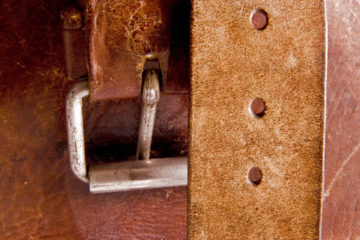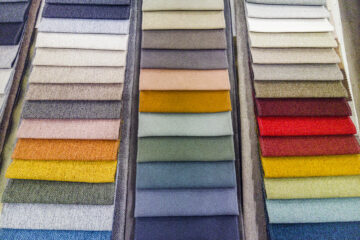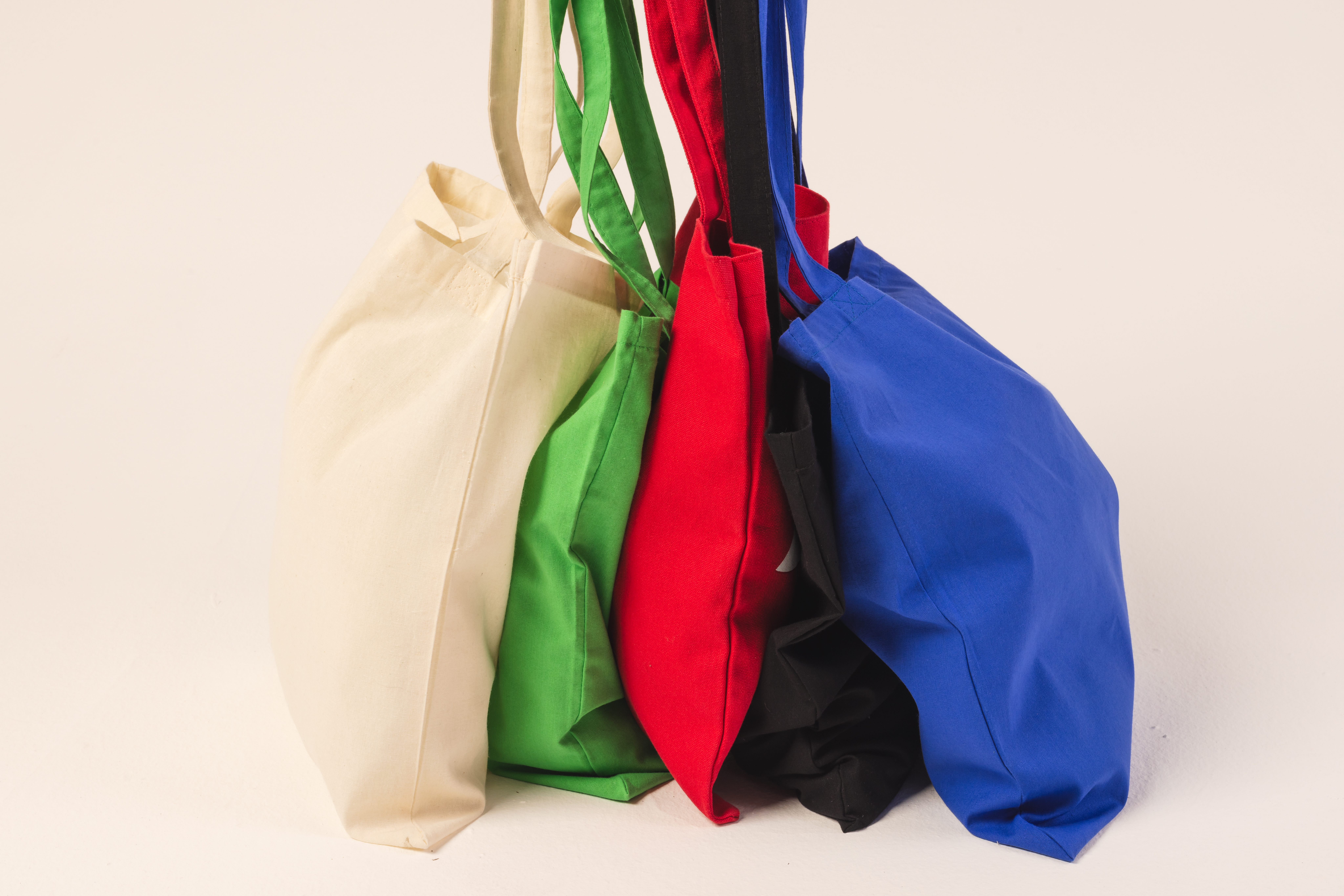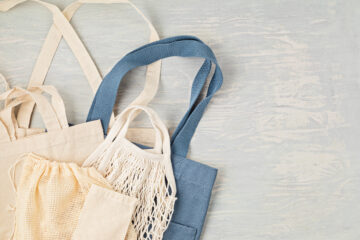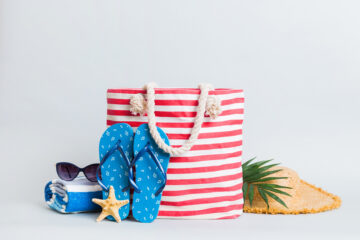Quality Matters: Selecting Durable Materials for Long-Lasting Patches and Labels
In the intricate tapestry of product design, patches and labels play a crucial role. They act as brand ambassadors, offering consumers a quick visual connection to the brand’s identity. Choosing the right materials for their creation is essential. Be it leather, nylon, or cotton fabric, each material brings its unique strengths and considerations.
The Strategic Role of Patches and Labels
Let’s examine the role of patches and labels in product design.
Branding and Consumer Connection
Patches and labels serve as vital tools for brand identification. Seen on products like bags and coats, they integrate seamlessly into the design, leaving a lasting impression on the consumer. A well-crafted patch or label not only aids in brand recognition but also serves as a continuous marketing tool. This visibility is crucial in building brand awareness and reinforcing brand values.
Signifying Quality
The quality of these identifiers directly affects consumer perceptions of the brand. A poorly crafted patch may suggest a lower-quality product, while a durable and well-designed label signifies longevity and attention to detail, mirroring the product’s quality.
Diverse Materials for Distinctive Branding
Let’s examine the materials used for designing distinctive patches and labels.
Leather Patches: Timeless and Robust
Leather patches, often found on a range of products from jeans to bags, offer a classic and durable option for branding. Available in various colors, they are tailored to fit the product’s aesthetic, usually embossed with the brand’s logo for a distinctive look.
Woven and Embroidered Labels: Versatile Elegance
Woven labels and embroidered patches, commonly used in clothing tags, provide a flexible and elegant branding solution. They can be produced in many colors and materials and offer a unique way to feature a brand’s logo or name.
Printed Labels: Economical Information Sharing
Printed labels, suitable for conveying product information like size or care instructions, present an economical choice. These labels can be crafted from various materials, such as cotton, nylon, and polyester, offering practicality and adaptability.
Things to Consider When Selecting Materials for Patches and Labels
What about material selection? Here are some things to consider.
Suitability for Intended Use
The choice of material for patches and labels should align with the product’s use and expected durability. For instance, leather patches might be ideal for sturdy jeans, reflecting the product’s ruggedness and longevity.
Aesthetic Alignment
The material and design of patches and labels should complement the brand’s image and the product’s style. This consistency is vital in maintaining brand integrity and perception.
Balancing Budget and Quality
While premium materials like leather project a high-end image, it’s important to consider budget limitations. Striking a balance between cost and quality ensures alignment with the brand’s objectives.
Partnering with Expert Manufacturers
Partnering with a skilled manufacturer is essential for creating patches and labels representing a brand’s ethos and quality. Softline Brand Partners, a soft goods manufacturing industry leader, offers integrated design and manufacturing solutions. Softline Brand Partners ensures each detail is crafted with precision and quality, perfectly embodying your brand’s identity. Contact us for expert assistance in developing patches and labels that resonate with your brand’s message and appeal.
